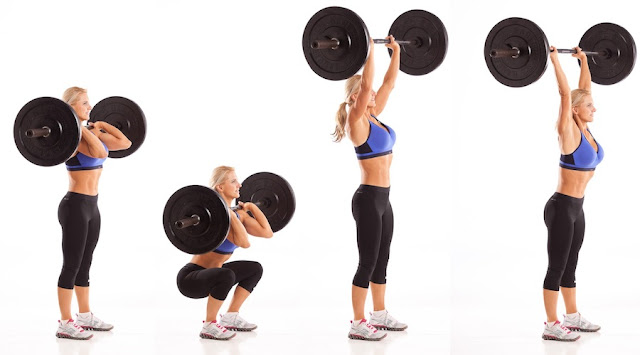Hunting season is close, have you started your hunting strategies to claim or your next game animal - the whitetails? Be it buck or doe, these horned animals are highly intelligent which makes them difficult to catch. Traveling in bachelor groups, there is a chance that you can take home a 170-pound trophy. Hunters, being focused however, on their prize, sometimes disregard the need to estimate how much meat from a deer can be used. Through proper estimates and calculation, it will be a lot easier to enjoy the game, bring home the venison and make your wife happy. As they say, happy wife, happy life!
The Game
Whitetails often reside in remote areas and this means much of your hunting is going to be on foot. It is therefore, important that you are prepared with your weapons. A deer rifle is one of the most common weapon used for hunting and some of the models to consider for starters are the following:
-Winchester Model 70
-Savage Trophy Hunter XP
-Ruger American Rifle
Calibers are as effective and some common models are:
- .30-30 Winchester
- .30-06 Springfield
- 7mm Remington Magnum
Gear and all other critical supplies must be ready as well.
The best time, location, lure, plot, the tracking and the chase are what will make the hunt fun and enjoyable.
The computation
There are several ways to assess how much meat from a deer is converted compared from the original weight the deer has.
1. General estimate
The venison amount is usually 50% of the original body weight.
The field dressing or the innards is usually 30%.
Your average buck will therefore, give you an estimated 45 to 65 pounds once cleaned.
2. Common weight
Whitetails range from 100-170 lbs although they may come in as much as 300 pounds of buck. This highly depends on the area and the bachelor group you were able to connect with.
The natural weight of whitetails includes head, horns, feet, hide, bones, fat which makes the percentage of meat you get smaller A 120 poun deer may produce a 55 pouns venison.
3. Computation
(Full Weight*.7) *.45 = Weight of Lean, Boneless Version.
Field dressed weight * 1.28 (where 1.28 was a computation agreed upon though comparison of the several chest-girth charts.
4. Sample Table
Meat Yields (In Pounds)
Animal Weight* Meat Waste %Meat
Lamb** 50 40 10 80%
Hog 240 189 51 79%
Black Angus 600 438 162 73%
Holstein Steer 900 513 387 57%
Mature Buck 180 72 108 40%
*Carcass weight. Head, hide and intestines removed
**University of Wisconsin research
Cutting up the Meat
Hunters must know how to cut their meat in order to determine how much can be used after the hunt.
Here's a good video to consider when assessing how much meat from a deer is available:
Cooking up the Meat
There are a lot of creative ways to present venison but some of the most common are the following:
- Stew
- Burger
- Corned venison (eg. corned beef)
- Meat balls
- Sausage
- Jerky
- Fried
Hunting will only be as enjoyable if you are prepared. Hopefully this article has provided the information you may need as you travel. Should you have questions, do not hesitate to reach out.



